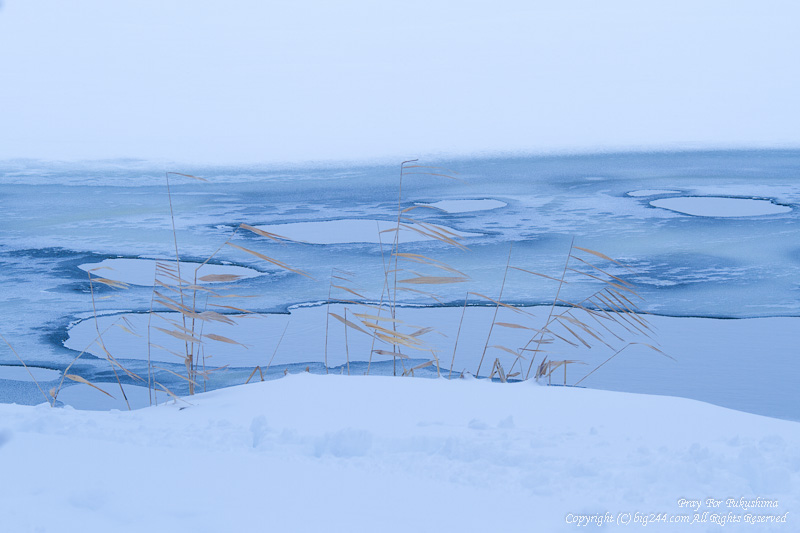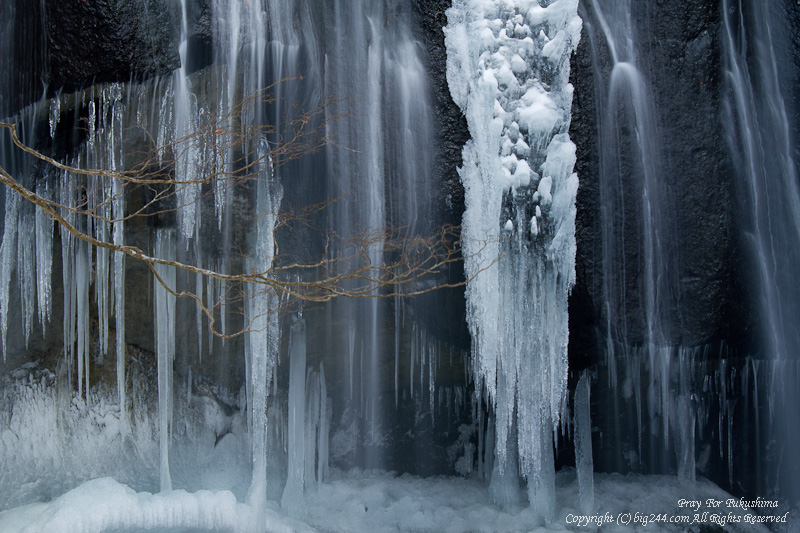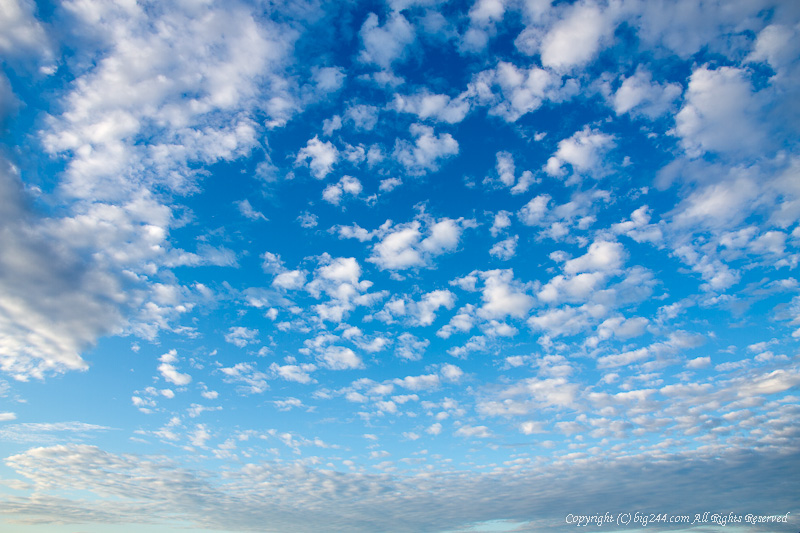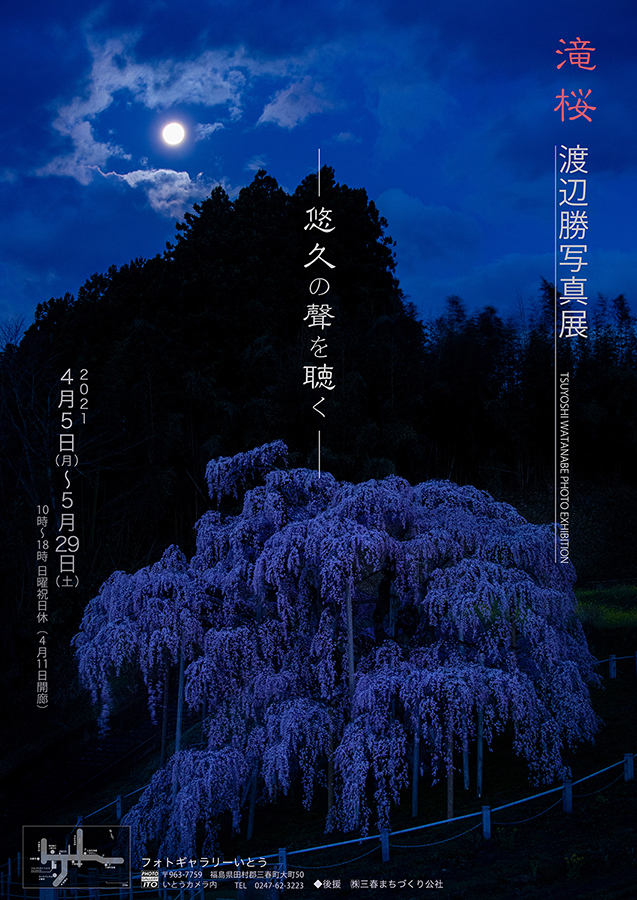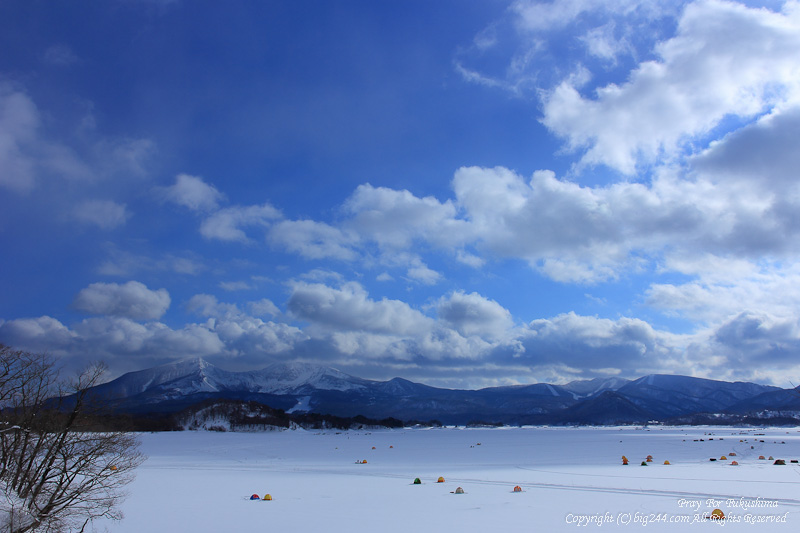
桧原湖から裏磐梯を眺める
穴釣りを楽しむ人がたくさん
EOS 60D + EF-S15-85mm
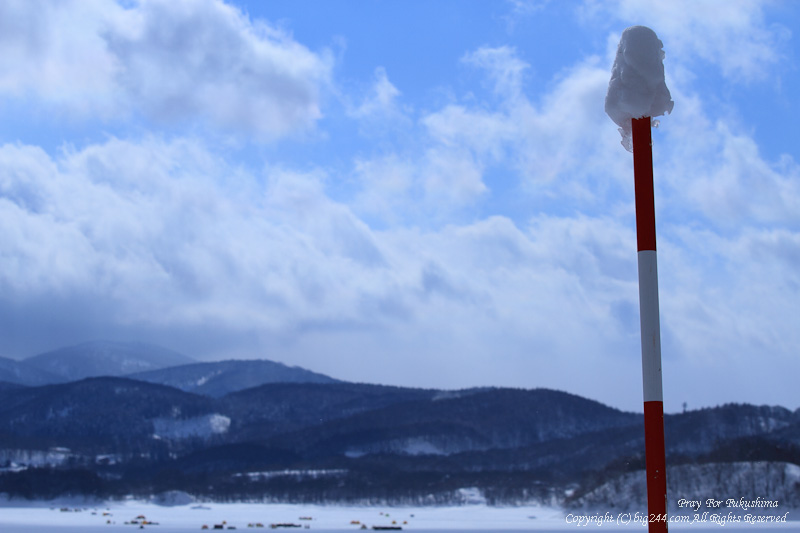
久々に裏磐梯に来て青空が見れた
EOS7D + EF70-200mm
2011年2月19日 撮影
ホームページ内検索
category / カテゴリー
- お知らせ/更新 (53)
- 滝桜 (19)
- 滝桜 三春の桜 開花情報 (351)
- BLOG (9)
- JR只見線 (9)
- 福島の桜 (472)
- 福島の紅葉 (167)
- 福島の滝 (121)
- 福島の天の川 (55)
- 福島の星景 月 夜空 (268)
- 福島の白鳥 (15)
- 福島の海 (57)
- 山毛欅 (13)
- スノーボード / SNOWBOARD (5)
- サーフィン / SURFIN (24)
- 三春町 (637)
- 裏磐梯 / 猪苗代 (644)
- 北塩原村 (489)
- 猪苗代町 (133)
- 福島市 (125)
- 郡山市 (78)
- 喜多方市 (49)
- 田村市 (37)
- 滝根町 (9)
- 須賀川市 (4)
- いわき市 (82)
- 二本松市 (25)
- 白河市 (1)
- 本宮市 (15)
- 下郷町 (4)
- 会津美里町 (1)
- 南会津町 (19)
- 古殿町 (8)
- 大玉村 (3)
- 天栄村 (2)
- 川俣町 (4)
- 棚倉町 (11)
- 熱塩加納町 (5)
- 玉川村 (1)
- 矢祭町 (15)
- 磐梯町 (7)
- 春 (314)
- 夏 (137)
- 秋 (190)
- 冬 (157)
- CANON EOS R (161)
- EOS 6D (512)
- EOS 5D markⅢ (425)
- EOS 5D markⅡ (141)
- CANON EOS 7D (433)
- EOS 60D (52)
- EOS 40D (13)
- EOS 30D (24)
- Sony RX-100 (1)
- Panasonic DMC-FZ1000 (3)
- CANON IXY DIGITAL L4 (2)
- CANON EF 17-40mm F4L USM (129)
- CANON EF 24-105mm F4 (354)
- CANON EF28-70mm F2.8L (4)
- CANON EF 70-200mm F2.8L IS (407)
- CANON EF 70-200mm F4L IS (176)
- CANON EF 75-300mm F/4-5.6 III USM (24)
- CANON EF 15mm F2.8 FISHEYE (37)
- CANON EF 35mm F2.0 (11)
- CANON EF 40mm F2.8 STM (1)
- CANON EF 50mm F1.8 II (6)
- CANON EF-S 15-85mm F3.5-5.6 IS USM (179)
- CANON EF-S 18-55mm F/3.5-5.6 IS (7)
- SIGMA 14mm F1.8 DG HSM | Art 017 (17)
- SIGMA 60-600mm F4.5-6.3 DG OS HSM | Sports (144)
- SIGMA 150-600mm F5-6.3 DG OS HSM Contemporary (95)
- SIGMA APO 150-500mm F5-6.3 DG OS HSM (62)
- TAMRON SP 15-30mm F/2.8 Di VC USD A012 (50)
- SAMYANG 14mm F2.8 IF ED UMC Aspherical (34)
- SIGMA 18-200mm F3.5-6.3 DC OS (11)
- TAMRON SP AF90mm F/2.8 Di MACRO (30)
- TOKINA AT-X 107 DX Fish Eye 10-17mm F3.5-4.5 (16)
- YONGNUO AF 35mm f2 (1)
- CANON EXTENDER EF2×III (78)
- CANON SPEED LITE 430EX II (2)
- JR東北本線 (1)
- JR水郡線 (2)
- JR磐越東線 (5)
- Kenko Softon Speck A (22)
- Kenko Softon Speck B (10)
- LEE Soft Filter (29)
- SAMYANG AF14mm F2.8 EF (5)
- SAMYANG RF14mm F2.8 ED AS IF UMC (5)
- nano.tracker (2)
- 三島町 (7)
- 会津若松市 (1)
- 小野町 (8)
- 石川町 (1)
- 蒸気機関車 (1)
- 西会津町 (1)
- 金山町 (4)


